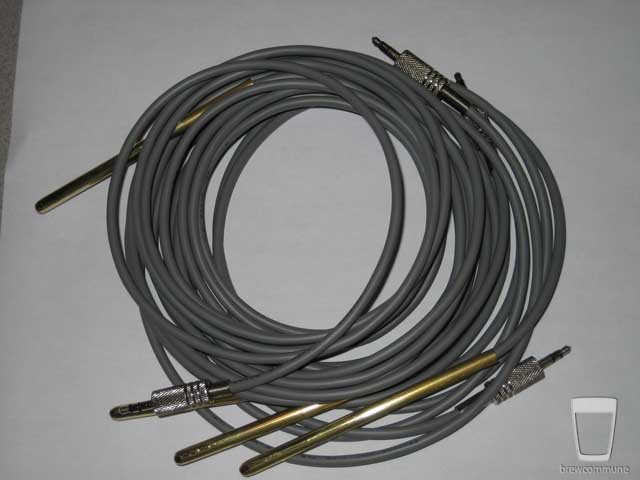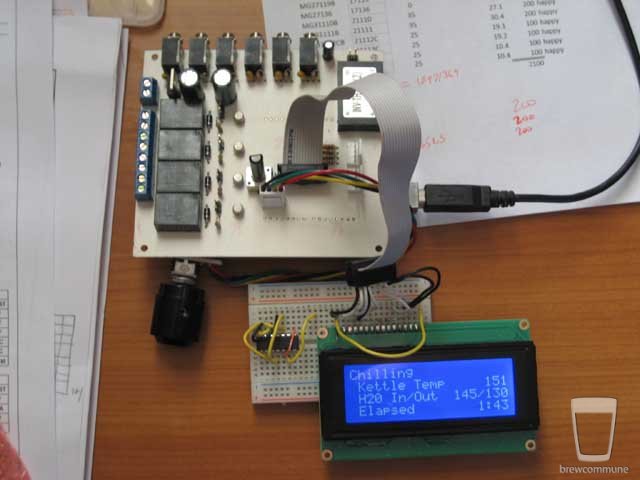WBC
Well-Known Member
Go to the Arduino - HomePage website, they have a compiler and a ton of libraries all for free. I'm also using XP. I'll compile a list of part numbers and post them, but the relays are from Electronic Goldmine. They're 5V and only cost like $1.25 each. The Arduino can only source or sink 40mA so you have to use a transistor. There are several tutorials on the website about using transistors to drive relays.
I have done that before using 2n2222 transistors so that is not a problem.
That will help.I have the PCB Express board patterns, but I don't have a good schematic. I'll try and put one together.
I like the BCS 460, I think it's pretty cool, but the real purpose of this project was to get my feet wet coding and have a project I could actually apply something I knew too. Just like building my entire brewery was an exercise in learning to TIG. I do what I do for control over the process and to learn something. The "iBrew" will probably never actually be done. The board in these photos is the 3rd I etched and built for this project and I already have ideas for the next one!
I know what you mean. After you build something you get new ideas and have to satisfy yourself and build another.













![Craft A Brew - Safale BE-256 Yeast - Fermentis - Belgian Ale Dry Yeast - For Belgian & Strong Ales - Ingredients for Home Brewing - Beer Making Supplies - [3 Pack]](https://m.media-amazon.com/images/I/51bcKEwQmWL._SL500_.jpg)














































